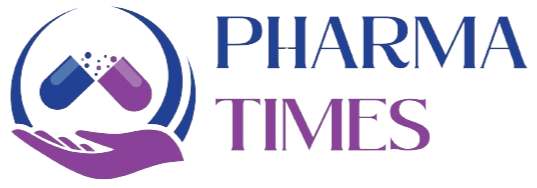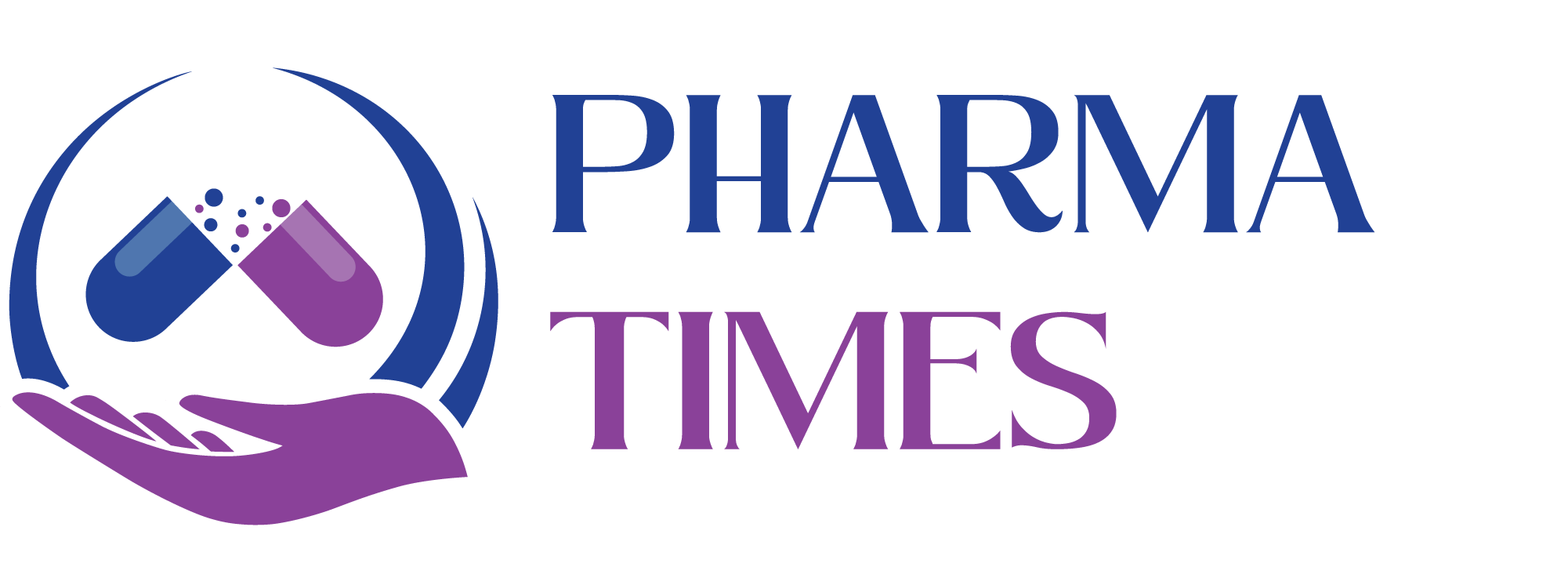Planning and Procedure followed During Regulatory Audits
Planning and Procedure Followed During Regulatory Audits
Regulatory audits (by USFDA, EMA, MHRA, WHO, or local authorities) are conducted to verify compliance with cGMP and regulatory standards. Effective preparation and systematic execution are crucial for success.
1. Planning Before the Audit
a. Internal Preparation
-
Audit Readiness Program: Establish a culture of “Always Audit Ready.”
-
Mock Audits: Conduct self-inspections or third-party audits to identify gaps.
-
Documentation Review: Ensure SOPs, BMRs, cleaning records, validation reports, and logbooks are complete, signed, and updated.
-
CAPA Closure: Verify previous audit observations are resolved with documented CAPA.
b. Audit Coordination
-
Audit Team Formation: Assign roles – Audit Coordinator, SME (Subject Matter Experts), Runners, QA Representatives.
-
Audit Room Setup: Designate a main audit room and back room for document review.
-
Communication Flow: Establish a protocol for answering inspectors (only trained personnel respond).
2. Procedure During the Audit
a. Opening Meeting
-
Inspectors introduce the audit scope, agenda, and expectations.
-
Company introduces its quality system, key contacts, and safety protocols.
b. Facility Tour
-
Inspectors visit manufacturing areas, warehouses, labs, and utilities.
-
Ensure GMP housekeeping: clean areas, labeled status boards, calibrated equipment.
-
Personnel must follow hygiene and gowning procedures.
c. Document Review
-
Inspectors request records (e.g., batch records, training files, deviations, OOS reports, validation protocols).
-
Provide controlled copies only. Never give originals unless required.
-
Ensure traceability and alignment between SOPs and practices.
d. Interviews with Personnel
-
Inspectors may ask operators, QC analysts, or QA staff about their responsibilities.
-
Answers should be honest, precise, and aligned with SOPs.
-
If unsure, staff should say: “I will check and get back with the correct information.”
e. Observations & Discussions
-
Inspectors may highlight potential non-compliances during the walkthrough.
-
Company SMEs should provide justifications and evidence immediately, if available.
f. Closing Meeting
-
Inspectors summarize observations.
-
Form 483 (USFDA) or equivalent observation list may be issued.
-
Company should acknowledge findings respectfully without argument.
3. After the Audit
-
Immediate Actions: Correct small deficiencies quickly (housekeeping, labeling).
-
Formal Response: Submit a detailed CAPA plan (usually within 15–30 days, depending on agency).
-
Preventive Measures: Update SOPs, retrain staff, and perform risk assessments.
-
Continuous Monitoring: Track CAPA effectiveness and maintain audit readiness.
✅ Summary
Successful regulatory audits require:
-
Thorough pre-audit planning (mock audits, documentation, CAPA closure).
-
Disciplined audit conduct (professional behavior, accurate responses, well-organized documents).
-
Strong post-audit follow-up (timely CAPA and continuous improvement).
🎓 Discover one of the best Complete Pharmaceutical Quality Assurance Course available —click below to explore the course that’s shaping future in QA Course skills.

